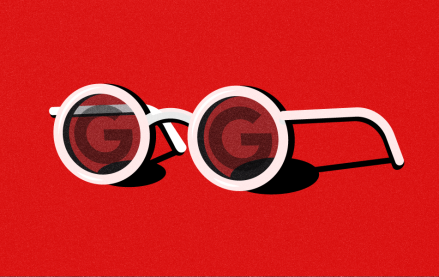
The pendulum always swings in the digital world. Group buying sites were the rage for a while, then more recently doubting the market is en vogue. Some are flat out declaring a bubble.
Yesterday’s news that LivingSocial received a $400 million round from existing and new investors will only fuel the debate. That followed several earlier rounds, capped by a $175 million investment from Amazon in December. LivingSocial is now worth more than $3 billion according to various reports. Meanwhile larger rival Groupon is looking at an eye-popping $25 billion IPO later this year or early next. At the beginning of the year Groupon officially closed a nearly billion-dollar round.
This deluge of money might convince you that we’re in a “group buying bubble.” There’s a larger debate happening about a tech bubble, especially around companies like Facebook and Twitter. So this would appear to be a microcosm of that larger bubble, right? Not so fast.
Groupon and LivingSocial are different than conventional startups, even massively valued startups like Twitter. And while there are some questions about the sustainability of the current group-buying model, I’d argue there’s no bubble rising. In fact, group-buying companies have only scratched the surface.
Twitter has a roughly $4 billion valuation. Its revenues were widely estimated at less than $50 million in 2010. Emarketer projected that Twitter’s revenues would reach $150 million in 2011 and perhaps $250 million next year. Twitter’s valuation is thus roughly 26 times revenues. That’s frothy.
LivingSocial will have revenue of a billion dollars this year, while Groupon will have perhaps three or four times that. LivingSocial’s multiple is just over two times revenues. Groupon’s valuation, depending on the one you choose, is three to five times anticipated revenues in 2011. That’s reasonable considering these companies have barely existed for two and a half years.
Seen from that perspective, these group-buying valuations are much more reasonable than Twitter’s $4 billion or Facebook’s much frothier $75 billion (vs. $2 – $4 billion in expected ad revenue in 2011). Of course Facebook’s valuation, and Twitter’s to a lesser degree, are based on perceptions of future growth.
The elegance of the group-buying model, unlike the tortured business models of many startups – such as the photo-sharing app Color, which recently secured $41 million before launch – is that the money arrives on day one. There’s no “let’s grow the audience and then we’ll figure out how to monetize it” logic working with group-buying. The content and the advertising are one and the same. And consumers generally love the content: deals on services, travel and products. For their part, businesses prefer the idea of buying customers vs. impressions, clicks or even phone leads.
In fact the group-buying model (or social commerce if you prefer) has probably altered the local advertising landscape for good. The challenge facing group-buying is making it sustainable for the long term. The frenzy that has surrounded daily deals, for both local businesses and consumers, is showing signs of wear. There’s some evidence of “deal fatigue” emerging. By the same token Groupon and LivingSocial, as well as other companies in the segment, recognize that the market must evolve to remain viable.
Groupon sees itself in part as a CRM platform for local businesses and has already announced a couple of new products: Groupon Stores and Groupon Now that complement its core daily deals offering. LivingSocial has diversified into travel and demographic verticals.
We’re at the beginning of an evolution of these sites as marketing and loyalty platforms that will live beside paid search and display online. It’s that big of a market. Of course there will be consolidation of the segment in the next 12 to 18 months; the market can’t support the number of companies now pushing deals, and the margins these companies make may shrink over time.
Fundamentally, however, there’s a solid business model at the core of the daily deals concept. The consumer demand is real and the revenues are very real. So while you might argue that there’s something of a tech bubble going on, I would argue that’s not definitely not the case with group buying.
Greg Sterling is an online marketing analyst focused on local and mobile media. Follow him on Twitter @gsterling.
More in Media

Publishers’ Privacy Sandbox testing enters a ‘holding pattern’
May 3, 2024 • 4 min read
Google’s Privacy Sandbox needs some work before publishers say they’re willing to dedicate time and attention to testing further.

NewFronts Briefing: TikTok and Meta pitch short-form video offerings and AI tools on the final day
May 3, 2024 • 6 min read
On the last day of the IAB’s four-day NewFronts event, social platforms like Meta and TikTok pitched their short-form video offerings to advertisers – and the latter social media platform addressed the Senate’s recent ruling to ban it in the U.S.

Google and DOJ attorneys begin closing antitrust arguments
May 3, 2024 • 5 min read
The day covered a number of key topics core to the case including search market landscape, search quality, alternatives options for users.





